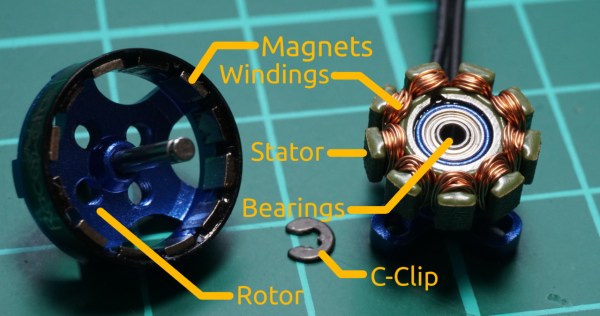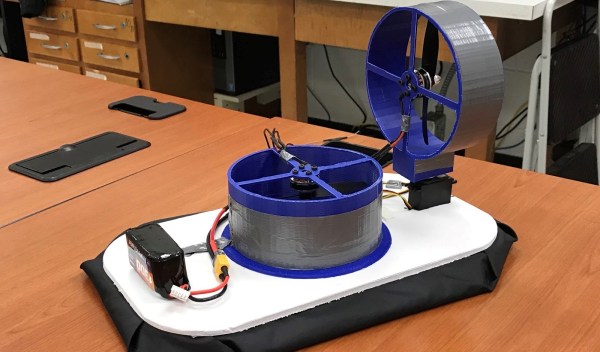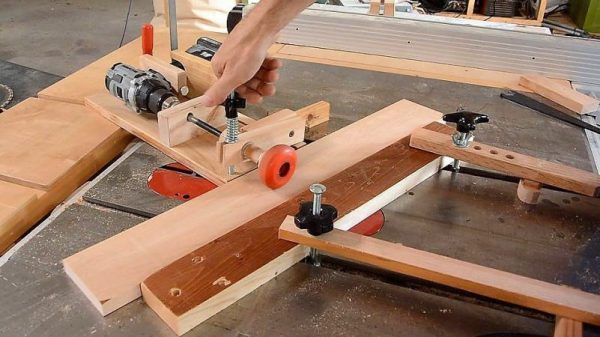What do you do during the winter months in Ohio? Sledding of course! Sledding normally takes place on hills, but [Peter Sripol] is no slave to the terrain. He’s built an air sled to conquer the barren wastelands of unplowed parking lots. Air sleds aren’t as outlandish as you might think — the Soviet Union had decades of success with them.
The project starts with toboggan style plastic sled. [Peter] built a frame into the plastic using an aluminum square. The frame is used to support a motor pod at the back of the sled. The motor, of course, comes from his DIY electric plane project. Don’t worry — [Peter] didn’t cannibalize his plane. The plane’s motors are being upgraded, and this is one of the originals.
The motor itself is quite a beast. It’s a 150cc equivalent brushless outrunner motor from HobbyKing. It’s not cheap either at around $450 USD. The motor is controlled by an equally beefy brushless controller wired into a standard R/C car receiver. A pistol grip transmitter makes a great wireless throttle for the system.
Steering is a much more mechanical affair. The sled’s rudder is controlled much like that of an airplane. A steel cable pull-pull system is connected to a stick mounted in front of the pilot. The unreinforced styrofoam rudder turned out to be a weak point in the build — check out the video after the break to see the full story.






















